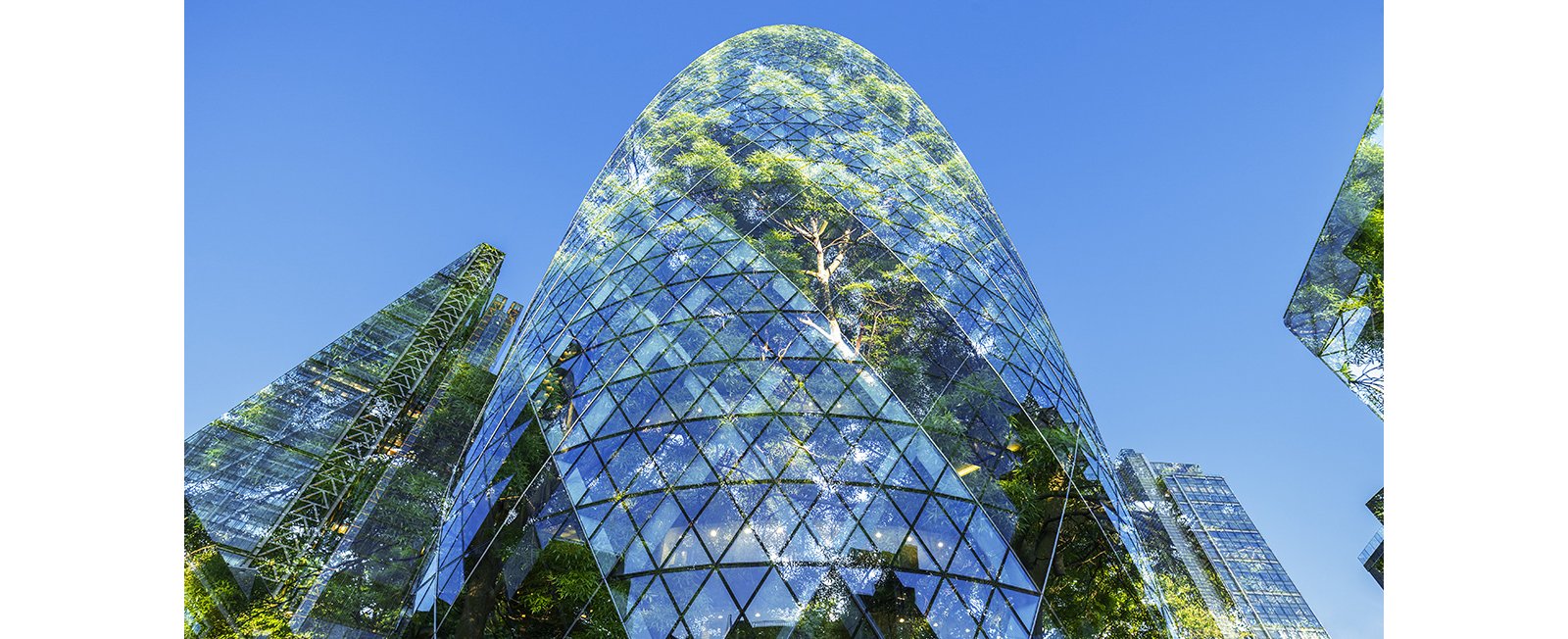By Kyndryl Staff
The past few years have tested our global community. We’ve experienced the pandemic and its economic fallout, environmental disasters, and an ever-increasing sense of geopolitical unrest. Now more than ever, we look to leaders across industries to pave the way towards a more secure and sustainable future.
The progress is encouraging. Companies are doubling down on investments in and commitments to environmental, social, and governance (ESG) goals. Sustainability reporting has become best practice for the vast majority of publicly traded companies in the United States, with 92% of S&P 500 companies publishing an ESG report in 2020 alone1. And this is only a small part of an ongoing, upward trend towards greater accountability and transparency throughout the corporate sphere.
“It’s a strong signal in the marketplace in terms of demonstrating both share value—companies that demonstrate a strong ESG commitment are better positioned for long-term growth—and shared value—many investors, employees, and customers want to know that your company and its leadership are committed to advance broader societal goals, with an emphasis on collaboration and innovation,” explains Utaukwa Allen, Vice President of Corporate Social Responsibility, Citizenship, and ESG at Kyndryl.



